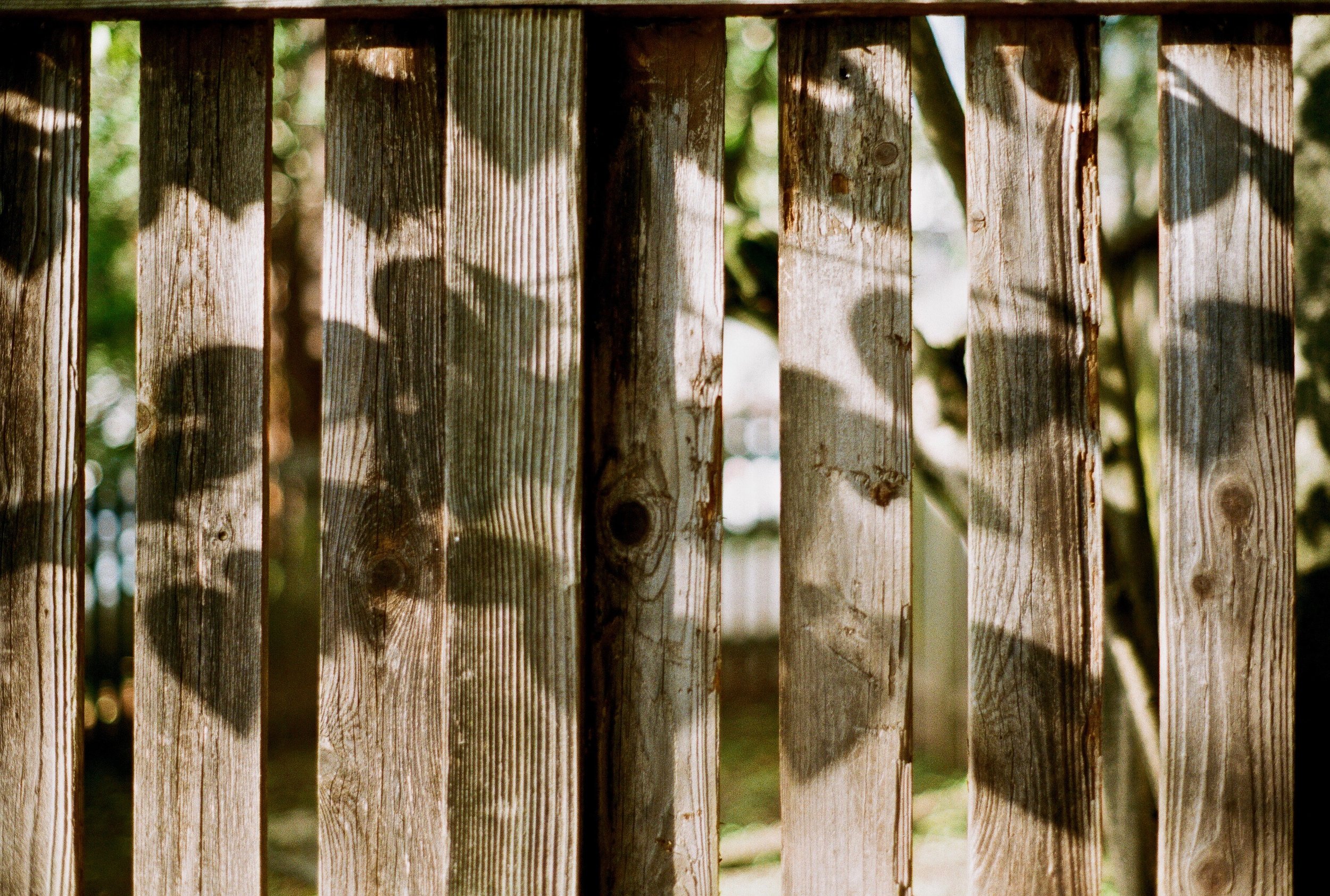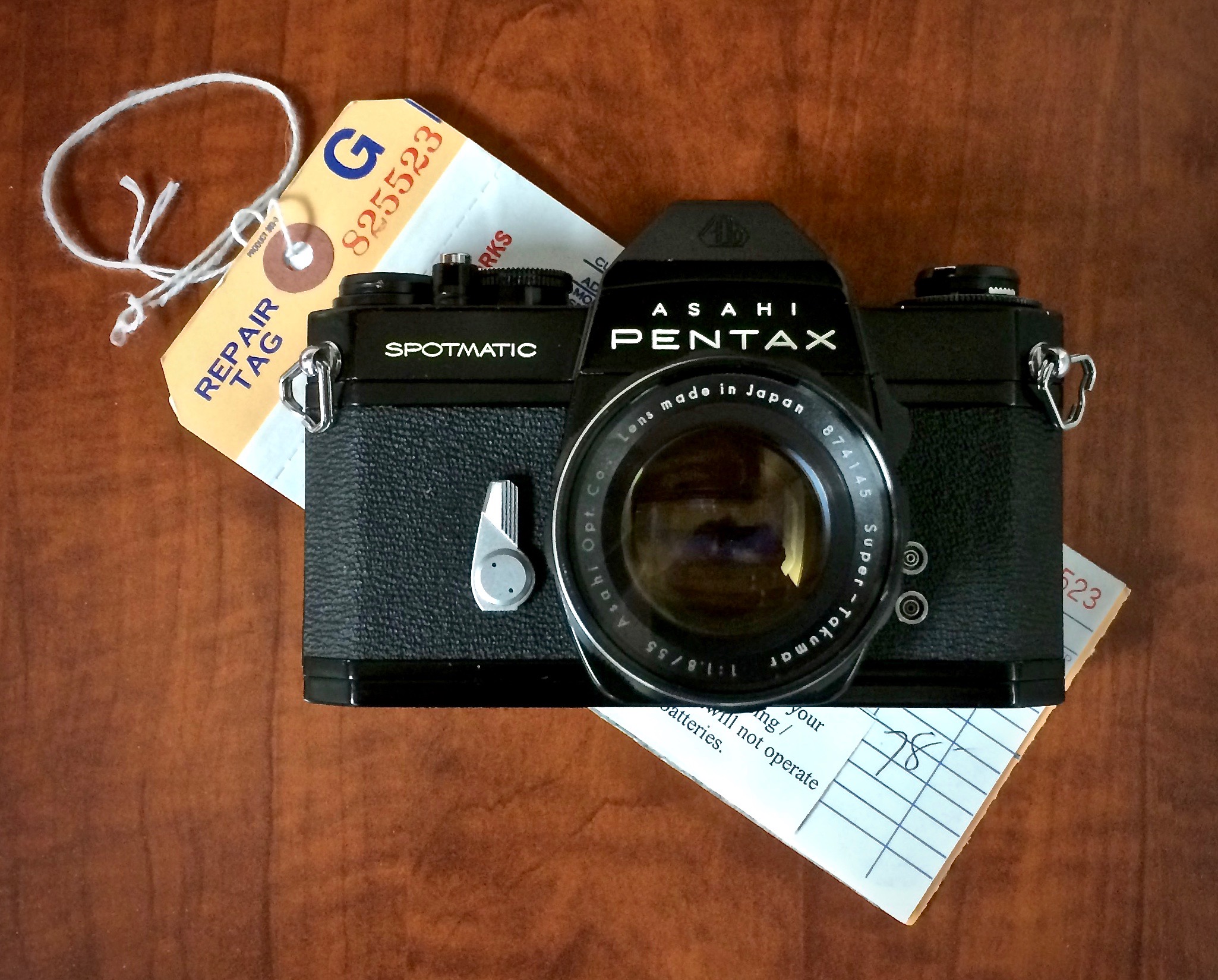Nearly a decade ago, when I took up the photography hobby again for the third time in my life, the landscape had changed considerably. Digital photography had pushed a ton of surplus analog gear onto the used market and cameras that I could only dream about as a young person were suddenly attainable. Working my way through these great cameras has brought me considerable joy and the process of putting hundreds of rolls of film through them has produced an added benefit…I’ve become a more competent photographer.
That being said, I can admit now to a foolish thought I had just about every time I won an eBay bid or clicked the BUY IT NOW button. As I carefully researched the new object of my photographic desire, read the online reviews and watched the You Tube videos, there would be this thought that this next camera would be “The One!” A camera so perfectly designed, with just the right features and a feel so wonderful that it would be the Holy Grail of cameras! I’d happily shoot with it and it alone for the rest of my days.
This crazy notion would’ve never even entered my mind if I had to pay the new retail cost for any of these cameras. The first film camera I bought off of eBay in 2010 was the Nikon FE2. I think I paid about $125 or so for it with a 50mm f/1.8 lens. That kit new in 1983 was about $425 or nearly $1,100 in today’s dollars. At over a grand investment, I would have learned to love the FE2 with any or all of its shortcomings. But film cameras are relatively cheap these days and ultimately, the FE2 wasn’t “The One.”
The FE2 got me on to the Nikon F2 and all of its variants. With each new F2 metered prism finder I acquired, I expected that I would reach the pinnacle and scream “I’ve arrived!” The F2 is close, but it isn’t “The One.”
One night, over a glass of wine, I read a review of some of the wonderful SLRs made during the heyday of Pentax. In the haze of the wine and the late hour, I thought that perhaps my future was Pentax and bought the ME Super. A body and 50/1.7 lens cost me around 80 bucks I think. And damn if that camera isn’t a blast to shoot! I still have it, but it’s not “The One.”
I thought I’d found the perfect camera in a Nikon Rangefinder, until I sold it to finance my first Leica M. Careful, Leica cameras are like crack. One leads to another and that one leads to yet another. With all of the hype, you might think that one of the Leica rangefinders might have been “The One” for me. Truth is, Leica cameras are sumptuous, but I’ve discovered that I’m a single reflex guy at heart.
Minolta XE-7, Canon A-1, Minolta X-700, Canon P, Nikon F3, Pentax MX, Minolta XD, Nikon FM2n, Pentax 645n, Hasselblad 500c/m, Nikon F, Rolleicord, Canon F-1, Nikon F4, Pentax K2, Minolta SRT303, Contax RX, Leica R6…and on and on. The eternal quest for “The One.”
Truth is, nearly ten clicks in, I’ve come to the conclusion that there isn’t just one camera that hits every sweet spot for me. Some come darn close and those are the ones that have found permanent homes in my camera closet.
I’ve also found that if I put a camera away for months or even a year, pull it out and put a roll of film through it, I’ll sometimes appreciate it things about it I never noticed before.
I’ve given up the notion of finding “The One.” I’m enjoying the journey instead.


























































































